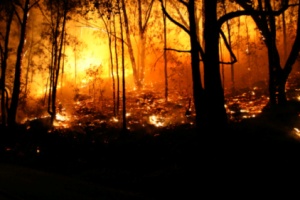 The EPA last week finalized its non-cancer science assessment for dioxins, which was last reviewed in the 1980s. Dioxins are toxic chemicals that naturally exist in the environment and can be released into the environment through forest fires, backyard burning of trash, certain industrial activities, and residue from past commercial burning of waste.
The EPA last week finalized its non-cancer science assessment for dioxins, which was last reviewed in the 1980s. Dioxins are toxic chemicals that naturally exist in the environment and can be released into the environment through forest fires, backyard burning of trash, certain industrial activities, and residue from past commercial burning of waste.
According to a statement released by the EPA, "generally, over a person’s lifetime, current exposure to dioxins does not pose a significant health risk."
The agency attributed a 90 percent decrease in dioxin emissions in the U.S. since 1987 to combined efforts by the EPA, state governments and industry. The largest remaining source of dioxin emissions is backyard burning of household trash.
Most Americans have low-level exposure to dioxins. Non-cancer effects of exposure to large amounts of dioxin include chloracne, developmental and reproductive effects, damage to the immune system, interference with hormones, skin rashes, skin discoloration, excessive body hair, and possibly mild liver damage.
Dioxin reduction measures taken by the EPA in conduction with the U.S. Department of Health and Human Services and the U.S. Department of Agriculture have included supporting research on dioxin exposure and effects; assessing dioxin human health risks; measuring dioxin levels in the environment, our diet and in our bodies; and reducing exposure to dioxin.
More information on dioxin: www.epa.gov/dioxin/




